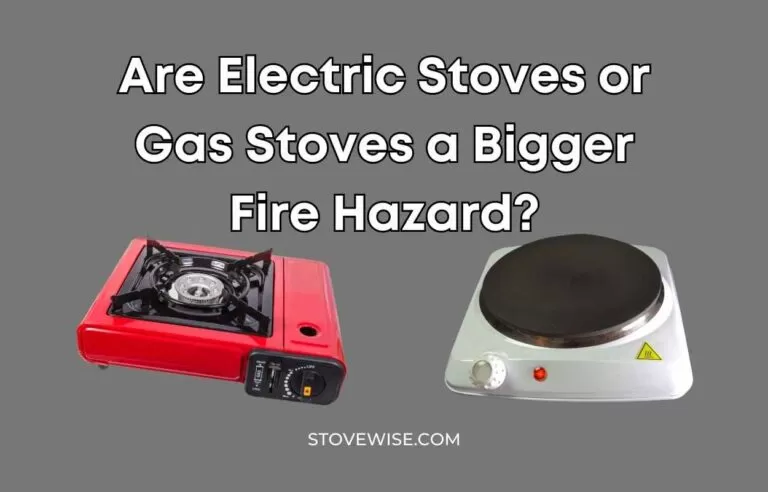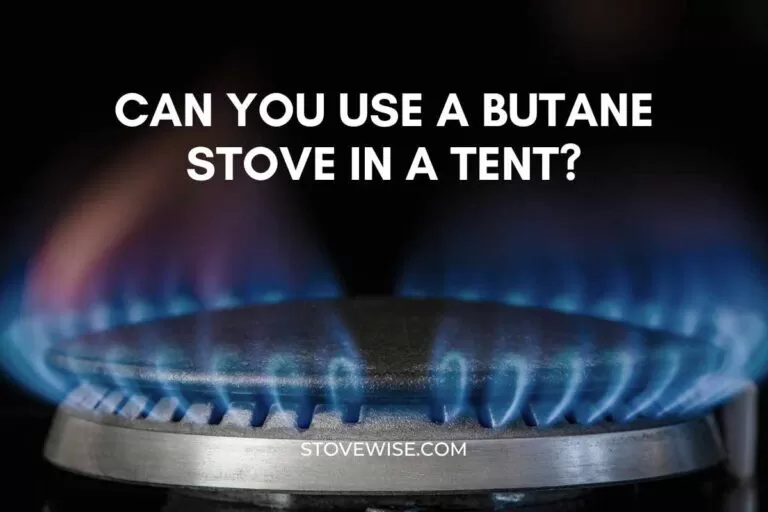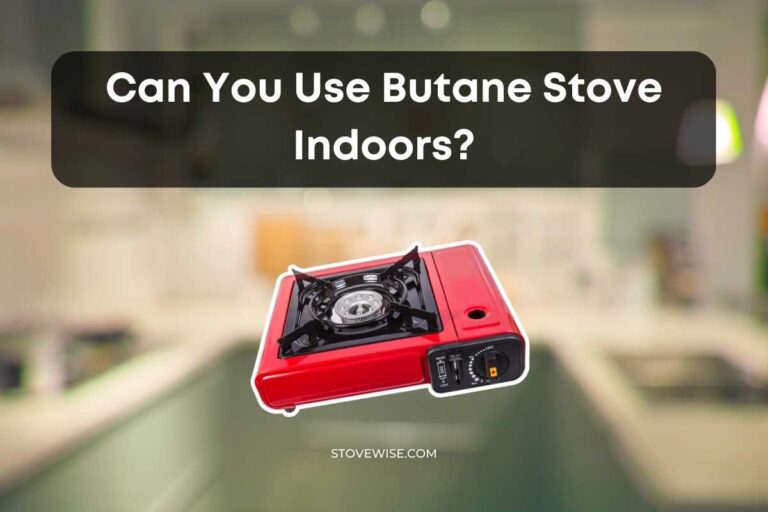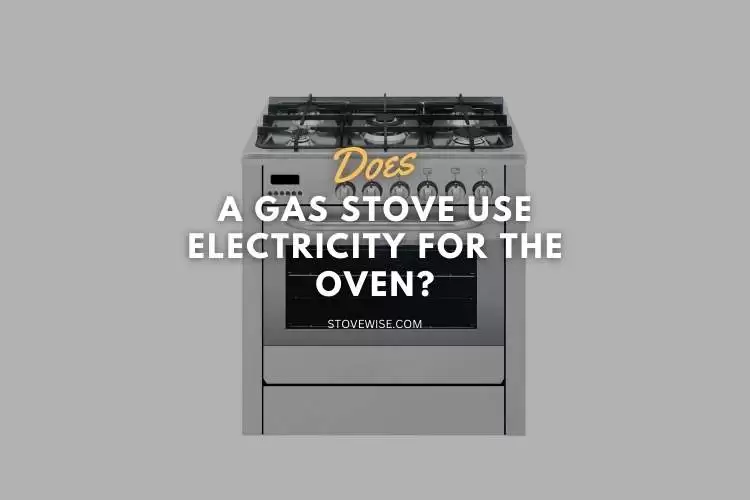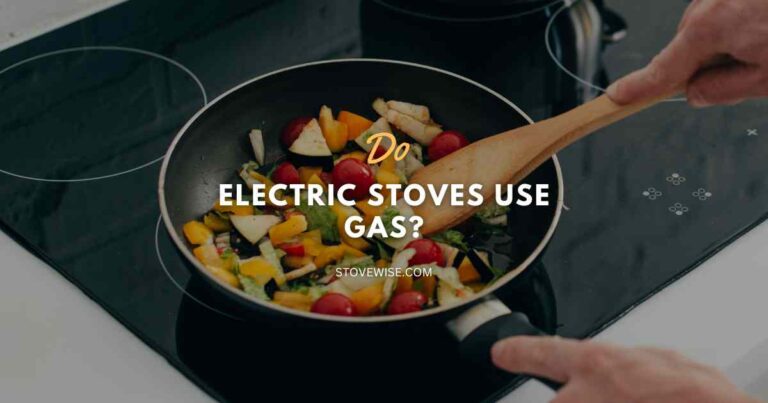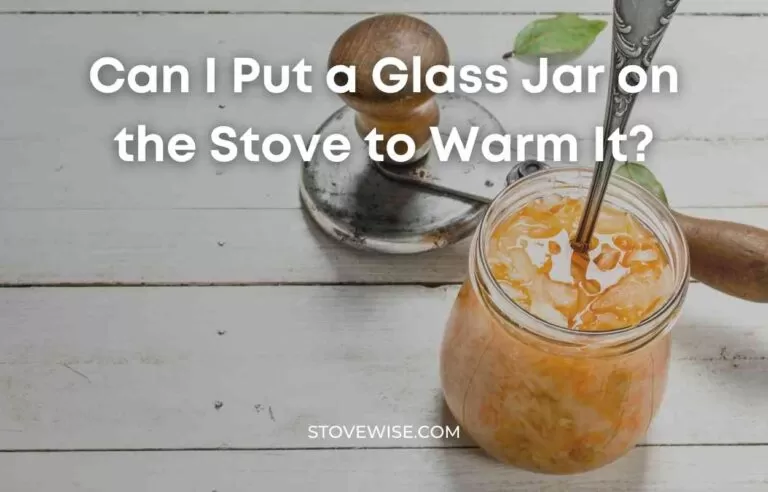Can I Put My Stove Next to Sink?
Are you considering putting your stove next to your sink in your kitchen? It’s a common question that many homeowners ask when designing or renovating their kitchens.
Can I put my stove next to sink? It is possible to place a stove near to a sink, but safety precautions must be taken. Risks include steam burns from spilled water, electrical shock (if the stove is electric), and fire hazards if oil or grease comes into contact with water.
Keep the area clean, avoid using water to stop grease fires, and make sure the burner is turned off when not in use to reduce these dangers. Practical issues include adequate counter space and avoiding light from surrounding windows.
Individuals should ultimately evaluate the safety and practical aspects to select the optimal arrangement for their home.
One of the most important factors to consider is the space between the two appliances. You want to make sure there is enough space between the stove and sink so that they don’t bump into each other and cause any damage.
Additionally, you will want to make sure that you do not block the drain or vents of your sink, as this could result in flooding or even a fire.
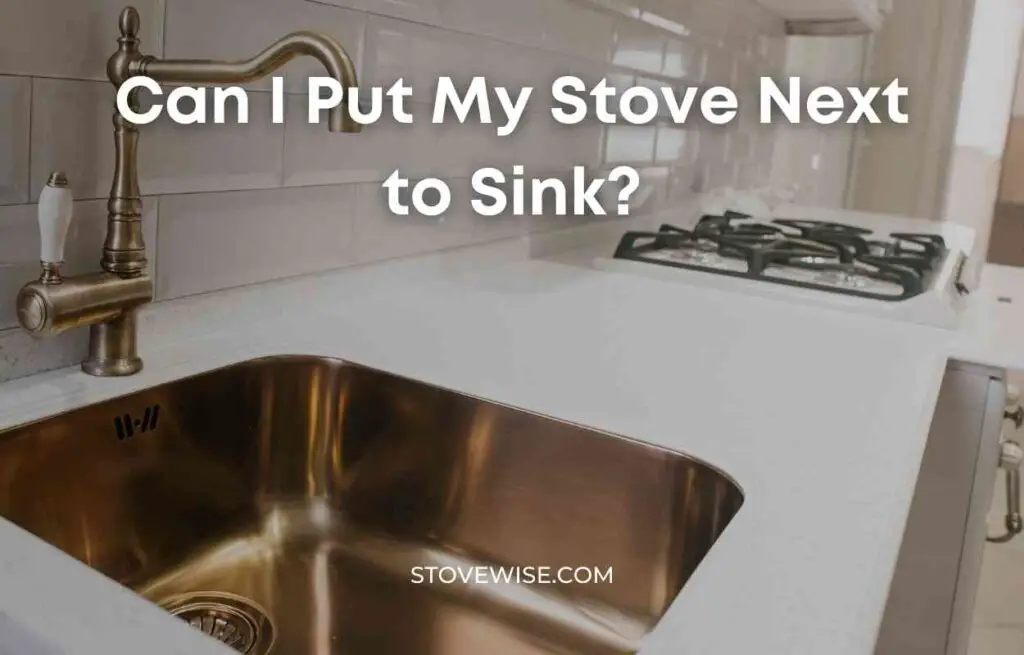
Contents
Can I Put My Stove Next to Sink?
It is generally possible to place a stove next to a sink, but safety precautions should be taken into account. The combination of water and heat can be dangerous, leading to steam burns if water spills on a hot stove.
Electrical shock may occur if an electric stove comes into contact with water. Fire hazards exist when cooking with oil or grease and they come into contact with water.
To minimize these risks, it is important to keep the stove and sink clean and free of clutter, avoid using water to extinguish grease fires and ensure the stove is turned off when not in use.
Adequate counter space should be considered, and it is advisable to avoid placing the stove too close to windows to prevent glare on the cooktop.
Ultimately, the decision of whether to place a stove next to a sink depends on individual circumstances, taking into account safety and practical considerations to ensure a safe and functional kitchen environment.
Why Placement Matters?
When it comes to designing your kitchen, the placement of your stove and sink is an important consideration. Not only does it affect the overall look and feel of your kitchen, but it also impacts your safety and convenience.
Safety
One of the most important reasons why placement matters is safety. Placing your stove and sink too close to each other can create a dangerous situation. If the two appliances are too close, it can cause a fire or result in water damage. Therefore, it is essential to maintain a safe distance between the two appliances.
Clearance
Another important factor to consider when placing your stove and sink is clearance. You need to make sure that there is enough space between the two appliances, so they don’t bump into each other and cause any damage.
You also need to ensure that you do not block the drain or vents of your sink, as this can cause flooding or worse—a fire.
When deciding on the placement of your stove and sink, you should also consider the location of your refrigerator. The three points of your work triangle (sink, stove, and refrigerator) should be placed in a way that allows for easy access and movement between them.
Space Considerations
When it comes to kitchen design, space is always a crucial factor. If you’re wondering whether you can put your stove next to your sink, there are a few space considerations you should keep in mind.
Counter Space
One of the most important things to consider when placing your stove and sink is counter space. You’ll need enough counter space on all sides of your sink to place your dishes and pots while you’re working.
Ideally, you should have at least 24 to 36 inches of space on top of your countertops for each appliance, so you can set down pots, pans, and other items while cooking or cleaning up after a meal.
Ventilation
Another important factor to consider when placing your stove and sink is ventilation. You don’t want to block the vents of your sink or stove, as this can cause problems with airflow and lead to issues like flooding or even a fire.
Make sure you leave enough space between the two appliances to ensure proper ventilation.
Storage
As you plan your stove and sink placement, remember to consider storage. You’ll need enough storage space for all of your pots, pans, utensils, and other kitchen essentials.
You may also want to consider adding cabinets or shelves above or below your appliances to maximize storage space and keep your kitchen organized.
Trash Management Space
Finally, don’t forget to consider trash management space. You’ll need a place to store your trash and recycling bins, as well as enough space to maneuver around them while you’re working in the kitchen.
Consider placing your trash and recycling bins in a pull-out cabinet or under the sink to keep them out of the way and make them easy to access.
Design and Layout
When it comes to designing your kitchen, there are a lot of factors to consider. One of the most important is the layout of your appliances. In particular, you may be wondering whether you can put your stove next to your sink.
Here, we’ll explore some different kitchen design ideas and discuss how to create an efficient and functional layout that works for your space.
Working Triangle
One of the key principles of kitchen design is the working triangle. This refers to the distance between your sink, stove, and refrigerator.
Ideally, these three elements should form a triangle, with each side measuring between four and nine feet. This layout allows you to move easily between the different areas of your kitchen while cooking.
If you’re considering putting your stove next to your sink, you’ll want to make sure that you leave enough space between the two elements.
The National Kitchen and Bath Association recommends leaving at least 18 inches of counter space between the two appliances. This will give you enough room to work without bumping into anything.
Kitchen Design Ideas
When it comes to designing your kitchen, there are a lot of different options to consider. Here are a few ideas to get you started:
- Galley kitchen: This layout features two parallel countertops with a walkway in between. It’s a great option for small kitchens, as it maximizes counter space while still allowing for easy movement.
- L-shaped kitchen: In this layout, the sink and stove are typically located on one wall, with the refrigerator on another. This creates a natural working triangle and can be a good option for larger kitchens.
- U-shaped kitchen: This layout features countertops along three walls, with the sink, stove, and refrigerator forming a triangle in the center. It’s a great option for larger kitchens with plenty of space.
Small Kitchen
If you have a small kitchen, it’s especially important to make the most of your space. Here are a few tips to help you create an efficient layout:
- Use vertical space: Install shelves or cabinets that go all the way up to the ceiling to maximize storage space.
- Consider a single-wall layout: In this layout, all of your appliances and countertops are located along one wall. It’s a great option for narrow kitchens.
- Choose compact appliances: Look for appliances that are designed for small spaces, such as apartment-sized refrigerators or compact dishwashers.
Appliance Placement
When designing your kitchen, one of the most important things to consider is the placement of your appliances. The location of your refrigerator, dishwasher, oven, microwave, and stovetop can greatly impact the functionality and flow of your kitchen.
Here are some things to keep in mind when deciding where to place your appliances.
Refrigerator
The refrigerator is one of the most important appliances in your kitchen. It should be easily accessible and have enough space around it to open the doors fully. Here are some tips for refrigerator placement:
- Place the refrigerator away from direct sunlight and heat sources such as ovens and stoves.
- Make sure there is enough clearance for the door to swing open fully.
- Consider placing the refrigerator near the entrance to the kitchen for easy access.
Dishwasher
The dishwasher is another important appliance in your kitchen. It should be placed near the sink for easy access to water and drainage. Here are some tips for dishwasher placement:
- Place the dishwasher next to the sink for easy access to water and drainage.
- Make sure there is enough clearance for the door to swing open fully.
- Consider placing the dishwasher near the storage area for dishes and utensils.
Oven
The oven is a key appliance in your kitchen for cooking and baking. It should be placed in a location that is easily accessible and safe. Here are some tips for oven placement:
- Place the oven away from direct sunlight and heat sources such as the stove top.
- Make sure there is enough clearance for the door to swing open fully.
- Consider placing the oven near the countertop for easy transfer of food.
Microwave
The microwave is a convenient appliance for heating up food quickly. It should be placed in a location that is easily accessible and safe. Here are some tips for microwave placement:
- Place the microwave at a height that is comfortable for you to use.
- Make sure there is enough clearance for the door to swing open fully.
- Consider placing the microwave near the refrigerator for easy access to cold items.
Stove Top
The stove top is a key appliance for cooking in your kitchen. It should be placed in a location that is easily accessible and safe. Here are some tips for stove top placement:
- Place the stove top away from direct sunlight and heat sources such as the oven.
- Make sure there is enough clearance for pots and pans to fit comfortably.
- Consider placing the stove top near the sink for easy access to water.
Sink Placement
When it comes to placing your sink next to your stove, there are a few things to consider. Proper placement can make all the difference in your kitchen’s functionality and safety.
Water Drainage Hole
The water drainage hole is an essential component of your sink. It allows water to flow out of your sink and into your plumbing system. When placing your sink next to your stove, it’s important to ensure that the water drainage hole is not blocked. Blocked water drainage holes can lead to flooding and other water damage.
To avoid this, make sure that there is enough space between your sink and stove. This will ensure that the water drainage hole is not blocked and that water can flow freely out of your sink.
Faucets
Faucets are another important consideration when placing your sink next to your stove. Faucets can be a source of water damage if they are not properly placed. When placing your sink next to your stove, make sure that your faucet is not too close to your stove.
If your faucet is too close to your stove, it can be damaged by heat or flames. This can lead to leaks and other water damage. To avoid this, make sure that your faucet is at least a few inches away from your stove.
Safety Considerations
When it comes to placing your stove next to your sink, safety should be your top priority. Here are some important safety considerations to keep in mind:
Gas Range
If you have a gas range, it’s important to make sure that it’s properly ventilated. Gas stoves produce carbon monoxide, which is a poisonous gas that can be deadly if inhaled in large quantities. Make sure that your kitchen has adequate ventilation to prevent carbon monoxide buildup.
In addition, make sure that there is enough space between your gas range and your sink. You don’t want to accidentally knock over a pot of boiling water or oil and have it spill onto your sink, causing a fire or injury.
Dish Rack
If you have a dish rack next to your stove, make sure that it’s not too close. You don’t want to accidentally knock over a dish or glass and have it shatter onto your stove, causing a fire or injury.
In addition, make sure that your dish rack is not blocking any vents or drains in your sink. Blocked vents or drains can cause flooding or even a fire.
Other Safety Considerations
Here are some other safety considerations to keep in mind:
- Make sure that there are no flammable materials, such as paper towels or dishcloths, near your stove or sink.
- Keep a fire extinguisher in your kitchen in case of emergency.
- Make sure that your stove and sink are properly installed and maintained.
- Always supervise children in the kitchen to prevent accidents.
Conclusion
In the end, you can put your stove next to your sink, but there are a few things to keep in mind. First, make sure there is enough room between the two appliances so they don’t bump into each other and cause damage. You should also make sure that your sink has enough counter room on both sides so that you can put your tools there and even cut things.
Second, never turn them so that they face each other. If they do, the flames from the stove and the water from the sink could hit each other. This has an effect on the health of the people who use the kitchen.

